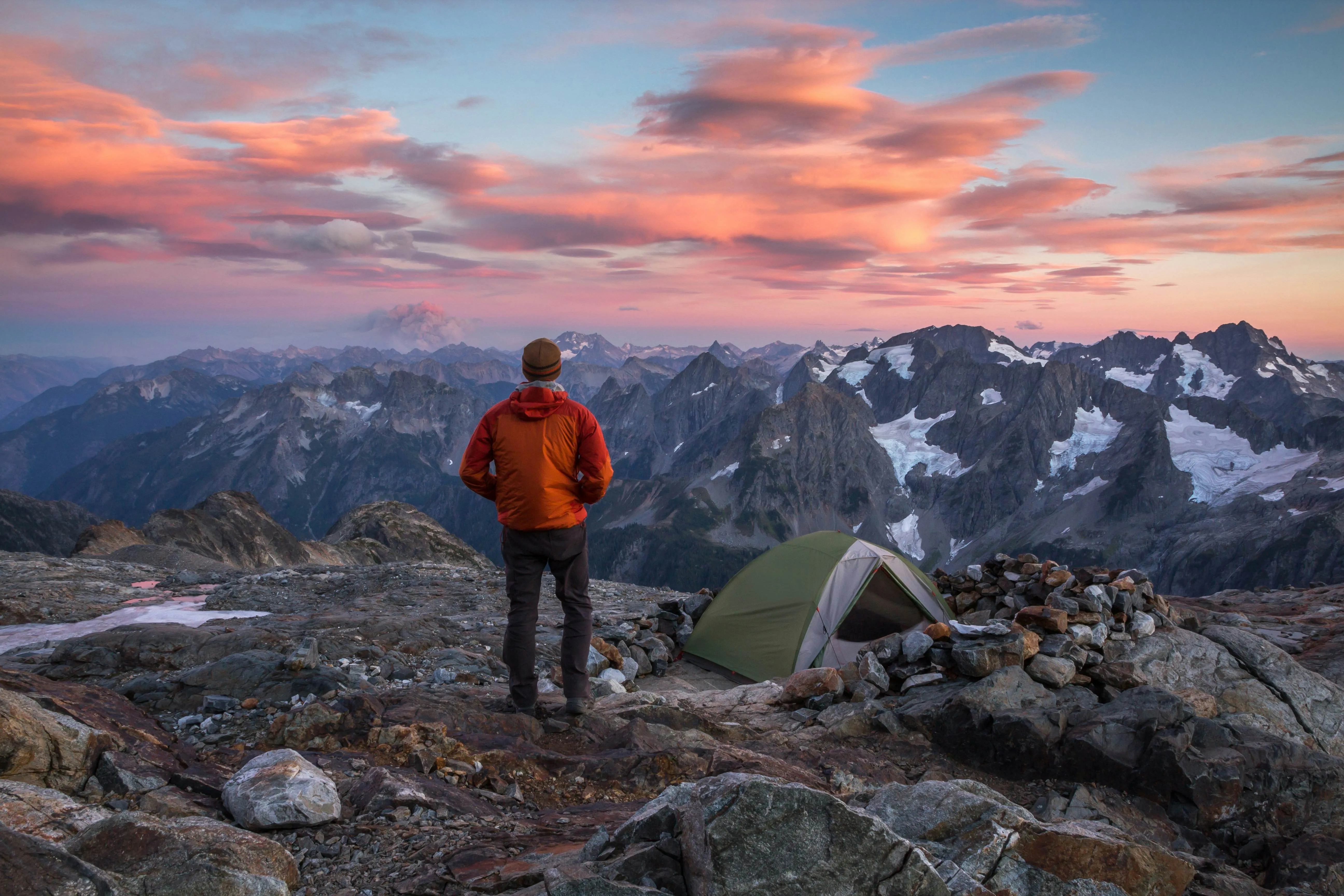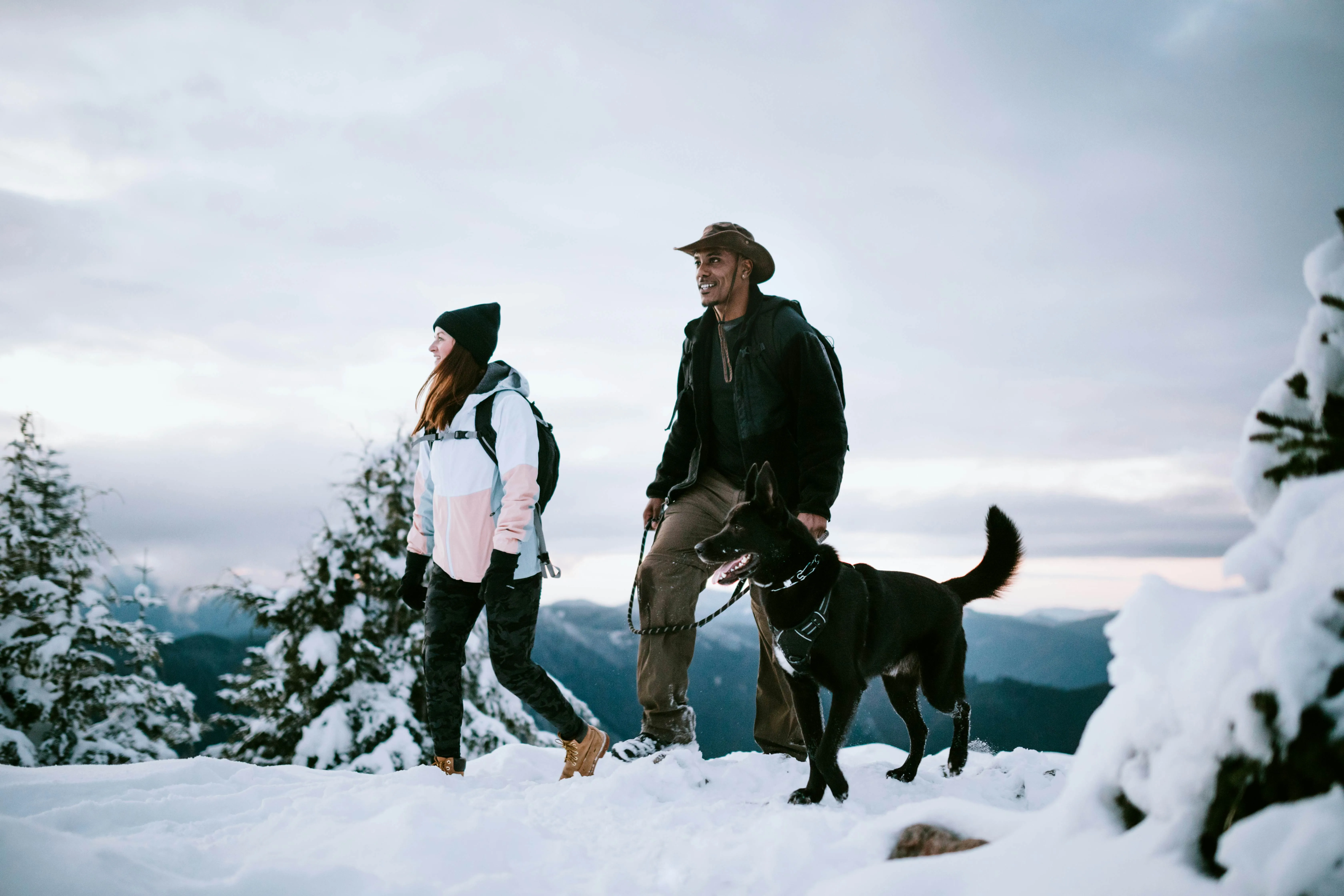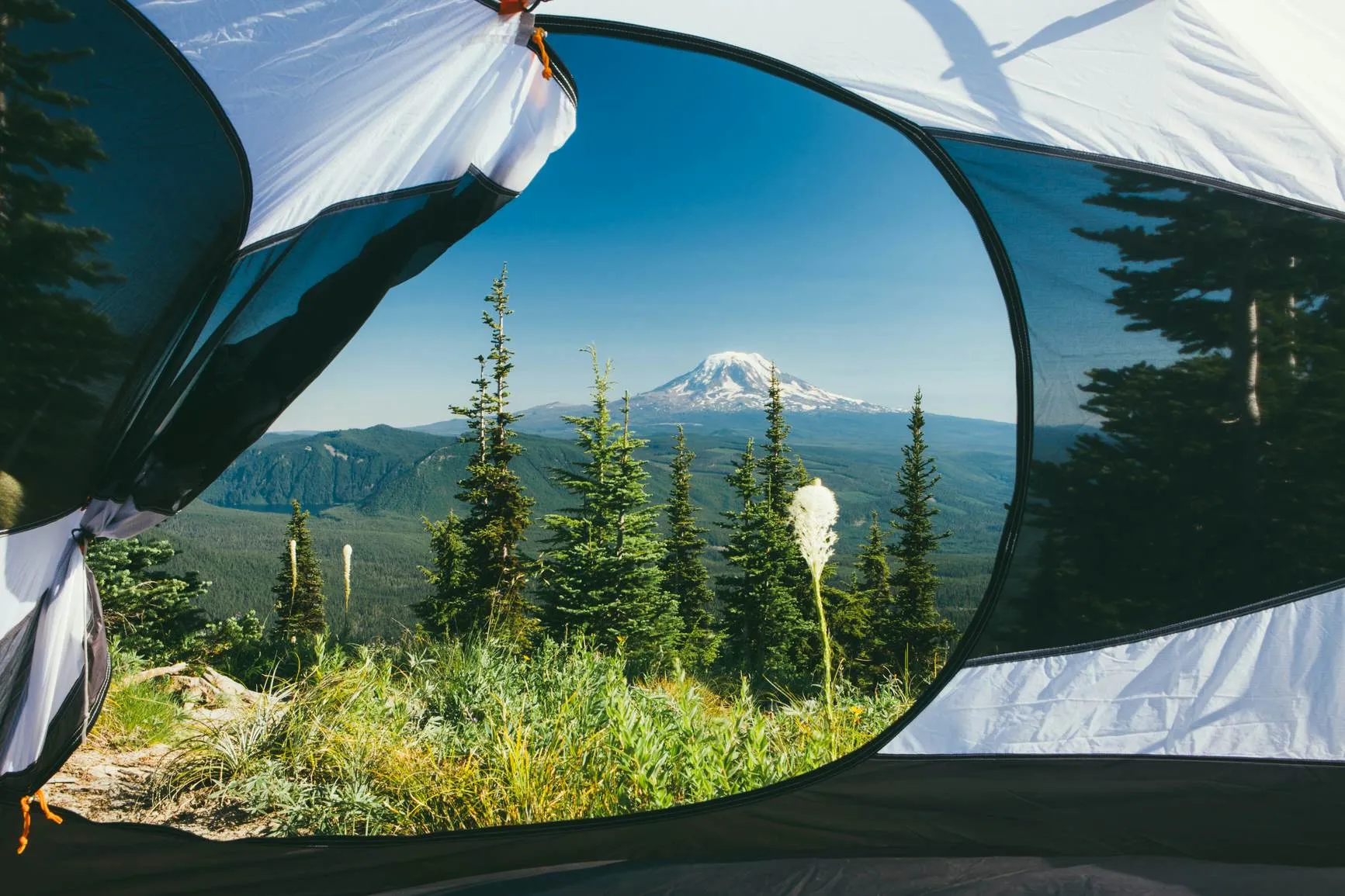Washington, often called the Evergreen State, boasts incredible natural beauty, from lush rainforests to arid plains, divided dramatically by the Cascade Mountains. This geographical split creates distinct climates, meaning the “best” time to visit varies greatly depending on your interests and what you want to experience. Understanding what season should you visit Washington is key to planning your perfect trip, whether you’re seeking sun, snow, or vibrant fall colors.
The state of Washington, known for its dramatic geographic and climatic diversity, offers unique experiences throughout the year. Western Washington, west of the Cascades, is famously wet and mild, while Eastern Washington is typically warmer and drier, with more extreme seasonal temperatures. The mountains themselves receive heavy snowfall.
Wherever you plan to travel within the state, considering the seasonal variations in weather, crowds, and available activities is crucial. From coastal adventures to alpine explorations and vibrant city life, each season presents a different facet of Washington’s appeal, guiding your decision on what season should you visit Washington.
Summer: The Peak Season for What Season Should You Visit Washington?
July and August represent Washington’s high season, offering the warmest and driest weather across the state. This is when Western Washingtonians, including those in Seattle, finally get to bask in consistent sunshine. This popularity means larger crowds at major attractions and higher prices for accommodations and ferries.
This period provides near-perfect conditions for outdoor pursuits. Hiking trails in the national parks and mountains are typically clear of snow (except at very high elevations), campgrounds are open, and temperatures are ideal for exploring. It’s prime time for backpacking, picnicking, enjoying a beer on a patio, and discovering the rugged beauty of the Washington coast, which is calmer than in other seasons. Early fall also marks a great time for visiting wineries, perhaps best enjoyed by bicycle.
July: Proper Washington Summer
July is officially summertime, marked by warmer temperatures, predominantly sunny days, and the largest crowds. This is an excellent period for water-based adventures, such as sea kayaking around the San Juan Islands or paddling on Puget Sound. Backpacking in the Mount Rainier wilderness is popular, with trailheads like Paradise offering numerous hiking options. Roads into the Cascades are generally clear, making scenic drives to viewpoints like Artist Point along the Mt Baker Scenic Byway especially rewarding.
August: Coastal Camping and Festivals
August continues the summer trend with rising temperatures and minimal rain. Arts and music festivals flourish throughout the state. The east side of the Cascades can experience extreme heat and wildfire concerns. Riverside and coastal campgrounds offer a cool retreat, but reserving spots well in advance is essential due to high demand, especially at stunning locations like Kalaloch Beach on the Olympic Coast.
Fall: A Colorful Shoulder Season
The shoulder seasons, including early fall (September and October), can be an excellent choice if you prefer to avoid the peak summer crowds while still enjoying pleasant weather. While rain becomes more likely as fall progresses, you might also encounter glorious, crisp days perfect for exploration. Crowds thin out, making popular spots more accessible.
Finding Your Perfect Amateur Astronomy Telescope – Expert Guide 2025
Discover the Best Michigan Places to Visit for Unforgettable Adventures in 2024
Discover the Top 11 nevada places to visit
Early fall often brings reliably beautiful days with cooling temperatures and stunning displays of fall foliage, particularly in the mountains and eastern parts of the state. Most hiking trails and campgrounds remain open and are significantly less crowded than in the summer, especially following the Labor Day weekend. The weather often stays warm enough for backpacking trips or day hikes.

A hiker at a mountain top camp in North Cascades National ParkA lone hiker stands at a mountain top campsite overlooking peaks in North Cascades National Park during early fall, a prime time to consider what season should you visit Washington for less crowded trails.
September: Quieter Trails and Fall Colors
The start of fall delivers cooler temperatures and impressive fall colors, offering beautiful days for outdoor activities. Trails are less crowded after Labor Day weekend. It’s still warm enough for backpacking in areas like the Goat Rocks Wilderness or hiking in the Enchantments. Scenic drives are fantastic, such as the drive up to the Johnson Creek Observatory overlooking Mount St Helens.
October: Hoping for a ‘Second Summer’
October can be a gamble with the weather. Sometimes, a beautiful “second summer” brings warm days and vibrant fall colors with minimal crowds. Even without extended warmth, it’s a picturesque time. Nights are often too cold for comfortable camping, but the daytime beauty is undeniable. Harvest season is in full swing, making it a fantastic time for food and wine enthusiasts to explore local markets and vineyards.
Winter: Low Season Deals and Snow Sports
November through March is Washington’s low season, especially for traditional tourism in Western Washington, which experiences its coldest and wettest period with frequent cloudy days and cold rain. Campgrounds are typically closed, and many mountain roads become inaccessible due to snow. On the upside, this is when hotel prices tend to be lowest.
However, winter is prime time for snow sports. The ski season usually kicks off by mid-November and lasts through March, with snow lingering at higher elevations well into summer. Washington boasts excellent alpine ski resorts and ample opportunities for cross-country skiing and snowshoeing in the Cascade Mountains.
 Two friends and a dog hiking in the snow in Washington state, USATwo friends and a dog enjoy hiking in fresh snow in Washington state during winter, illustrating what season should you visit Washington for snow sports.
Two friends and a dog hiking in the snow in Washington state, USATwo friends and a dog enjoy hiking in fresh snow in Washington state during winter, illustrating what season should you visit Washington for snow sports.
In cities, winter weather is perfect for embracing indoor activities. Seek refuge from the rain in cozy pubs, coffee shops, museums, or bookstores. Explore charming towns like Leavenworth, known for its Bavarian theme and festive holiday lights, or enjoy a quiet retreat with a fireplace on the coast.
November: Ski Season Begins
November ushers in colder weather. In good snow years, ski resorts open by Thanksgiving. If not skiing, focus on indoor activities like visiting museums, cafes, and bookstores. Explore wine tasting rooms in towns like Walla Walla.
December: Holiday Lights and Winter Charm
December is brightened by holiday parades and tree-lighting ceremonies. In Seattle, look for the festive Christmas Ship Festival. Leavenworth’s Front Street glows with holiday lights, making its year-round Christmas shops feel perfectly in season. This can be a good time to find cheaper flights for the ski season, with resorts like The Summit at Snoqualmie close to Seattle.
January: Powder and Cozy Comforts
January is often gloomy and wet in Western Washington, with persistent clouds and cold rain. However, this precipitation translates into abundant powder in the mountains, making it a fantastic month for skiers and snowboarders. In urban areas, it’s ideal weather for relaxing in warm cafes or pubs. For nature lovers, it’s peak season for eagle-watching excursions along the Skagit River.
February: Embrace Indoor Dining and Getaways
Cloudy days continue, but February is shorter! This is a great time to seek out culinary experiences, from Valentine’s Day specials at fine restaurants to exploring Seattle’s diverse food scene. A cozy house rental with a fireplace offers a perfect winter escape, or consider taking an Amtrak train to avoid driving and visit destinations like Leavenworth.
March: Hints of Spring Emerge
March brings the first subtle signs of spring, most noticeable in Eastern Washington. In Seattle, Pike Place Market celebrates with Daffodil Days and offers food tours and cooking classes. Hotel prices and airfares remain relatively low before the summer rush. Rainy days are perfect for indoor attractions like the Museum of Pop Culture (MoPOP) or enjoying a classic game of pinball.
Spring: Wildflowers and Waking Landscapes
The shoulder seasons, including early spring (April to June), offer another opportunity to experience Washington with fewer crowds, though you must be prepared for potentially damp weather. Spring often brings a mix of rain and sunshine, but the landscapes burst with new life and color. Campsites are usually available without reservations, and major attractions have shorter lines.
April marks the beginning of the end of winter in the Cascades, although snow can still fall. Elsewhere, flowers begin to bloom, temperatures warm, and locals venture out after the winter gloom. Packing layers and rain gear is always a smart move. While high-elevation wilderness might still be inaccessible, April is excellent for scenic drives at lower elevations, such as seeing the famous tulip fields in the Skagit Valley or visiting the intensely green Hoh Rainforest on the Olympic Peninsula.
 Camping in the Goat Rocks Wilderness, Washington StateA campsite scene in the Goat Rocks Wilderness, Washington State, showing a tent among trees, ideal for summer and early fall trips, helping decide what season should you visit Washington for camping.
Camping in the Goat Rocks Wilderness, Washington StateA campsite scene in the Goat Rocks Wilderness, Washington State, showing a tent among trees, ideal for summer and early fall trips, helping decide what season should you visit Washington for camping.
April: Blossoms and Scenic Drives
April sees flowers blooming and temperatures slowly rising. It’s a mixed bag weather-wise, so be prepared for rain. It’s a fantastic month for scenic drives to witness spring landscapes like the Skagit Valley tulip fields. Wilderness exploration remains limited by snow at higher elevations.
May: Spring Blooms and Whale Watching
Spring in Washington is delightful, albeit often damp. Wildflowers and orchard blossoms are abundant. Whale-watching boat tours commence and are a great family activity. Visiting the San Juan Islands becomes highly appealing, whether you’re camping, glamping, cycling, or kayaking, offering classic Pacific Northwest experiences.
June: The Start of Camping Season
June transitions from spring to summer. More campgrounds and trails open, and early tourist activities begin. You might enjoy summer-like weather without the full summer crowds. Outdoor festivals become common, celebrating the arrival of warmer days and encouraging exploration of local culture.
Frequently Asked Questions About Visiting Washington
- What is the best month to visit Washington State?
July and August offer the warmest, driest weather for general travel and outdoor activities, but September is popular for fall colors and fewer crowds. The “best” month depends on whether you prioritize sunshine, snow sports, fall foliage, or avoiding crowds. - When is the rainiest time in Washington?
Western Washington sees the most rain between November and January. Eastern Washington and the mountains receive less rain but significant snowfall during winter. - When is the best time for hiking in Washington?
Summer (July-August) and early fall (September) are generally considered the best times for hiking, especially in the mountains, due to dry trails and clear conditions. Some lower elevation trails are accessible year-round. - Is Washington State good for skiing?
Yes, Washington is excellent for skiing and snowboarding. The ski season in the Cascade Mountains typically runs from mid-November to March. - When can I see wildflowers in Washington?
Spring (April and May) is the best time to see wildflowers, particularly in valleys, meadows, and drier eastern regions. Alpine wildflowers bloom later in the summer as snow melts.
Finding Your Ideal Time
Deciding what season should you visit Washington depends entirely on your priorities. Whether you chase sunshine and mountain trails, carve fresh powder on snowy slopes, revel in the colors of autumn, or seek the quiet charm of spring blooms, Washington offers a rewarding experience year-round. Consider your ideal weather, activities, and tolerance for crowds, and you’ll find your perfect Washington moment waiting. So, which season calls to you?
